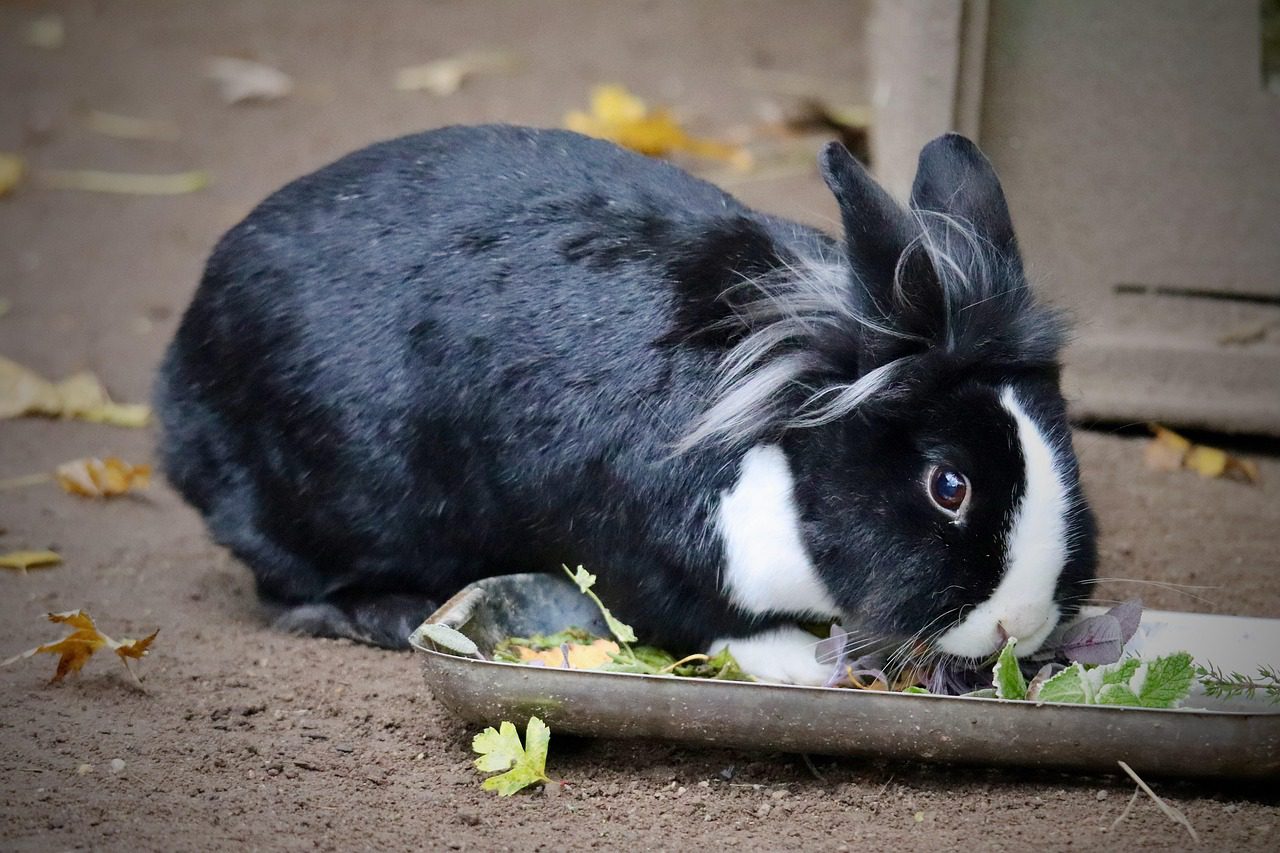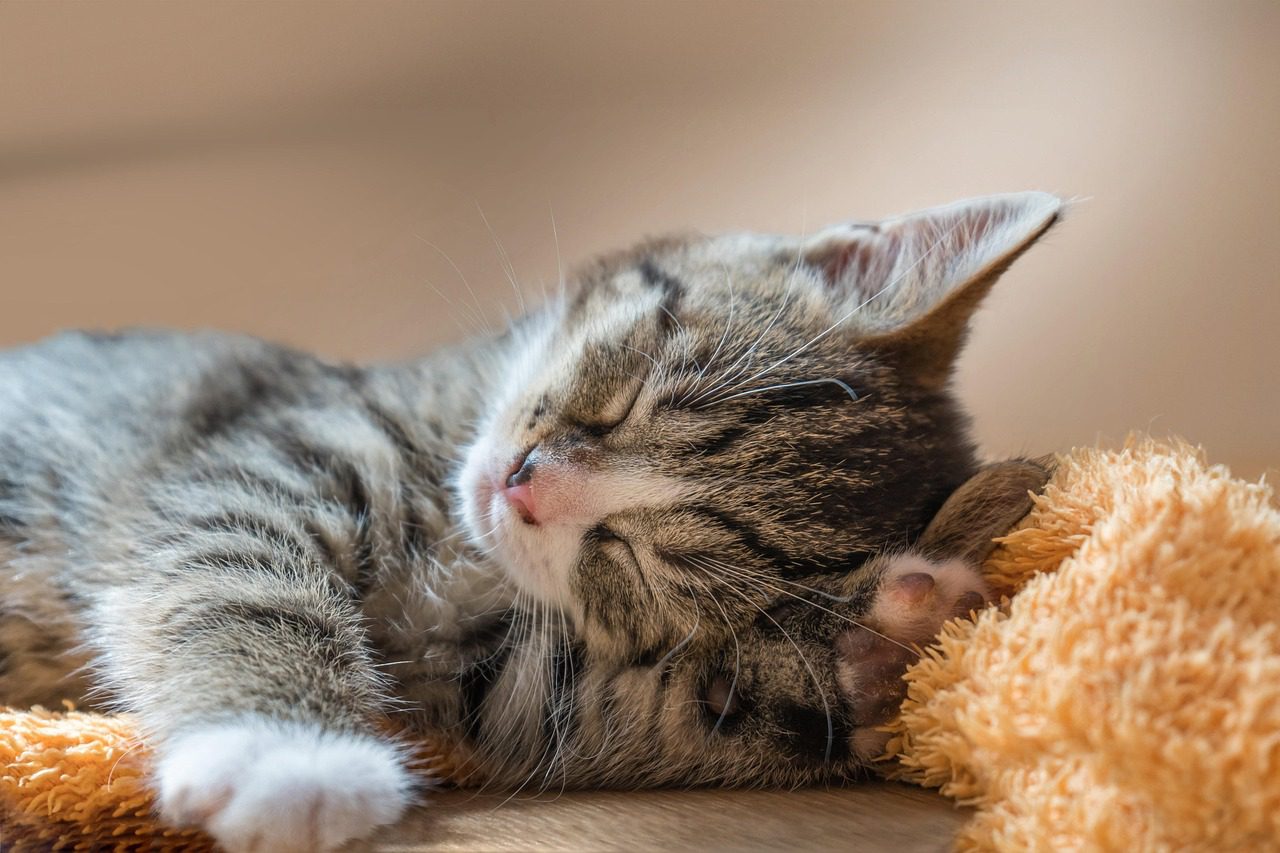Nowadays pet rabbits are well cared for.
They see their vets every 6 months for health checks, and once a year they are vaccinated
against three brutally fatal diseases for which there is no cure.
We understand how to keep their teeth naturally wearing down. We keep them in single sex
groups rather than alone, and provide them toys for their wellbeing.
Vets can attend lectures from specialists about specific rabbit medicine and care. We
recognise that they are extremely prone to stress, which can influence the outcome of any
illness they suffer. We work our care plans around reducing the amount of handling they
need.
But this revolution to consider rabbits as valued loved ones, instead of third class citizens
has taken place over only a few short decades.
When I was a student vet, it was rare for the GP to see a rabbit.
So I remember my first case of fly-strike vividly.
I was sent with a nurse to the hospital with the patient, with instructions to ‘clean it up’. I had
never come across something so disgusting in my life to that point.
Everywhere we looked there were cream coloured maggots wriggling away from the light
into the poor innocent’s fur. The problem centred on the back, near the tail. There was a lot
of faeces stuck to the fur, and the smell was terrible.
As the nurse worked to relieve its suffering, she had to explain to me what had happened, as
we received no lectures at all on rabbit care at vet school.
She also explained that the chance our patient would survive was very low, as the poor
soul’s owner had delayed coming in for help. Generally only those who are seen within a few
hours of the first maggots hatching can survive, as the injuries advance extremely quickly.
Since then I have been passionate about advising all my rabbit owners to check around their
rabbit’s tails at least twice a day in sunny weather.
Better to pick off a few maggots quickly and treat a minor problem, than risk losing a
treasured pet.




